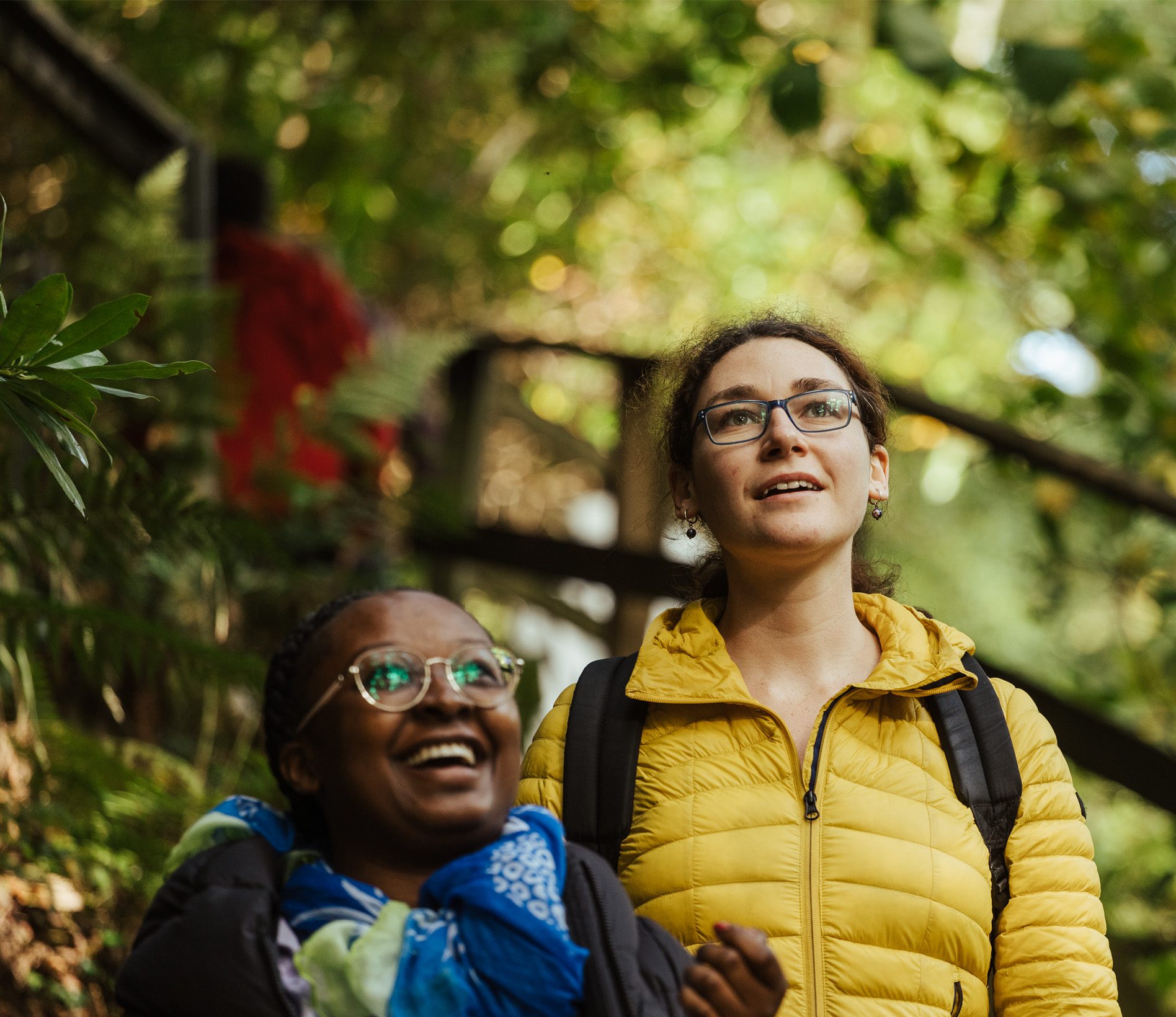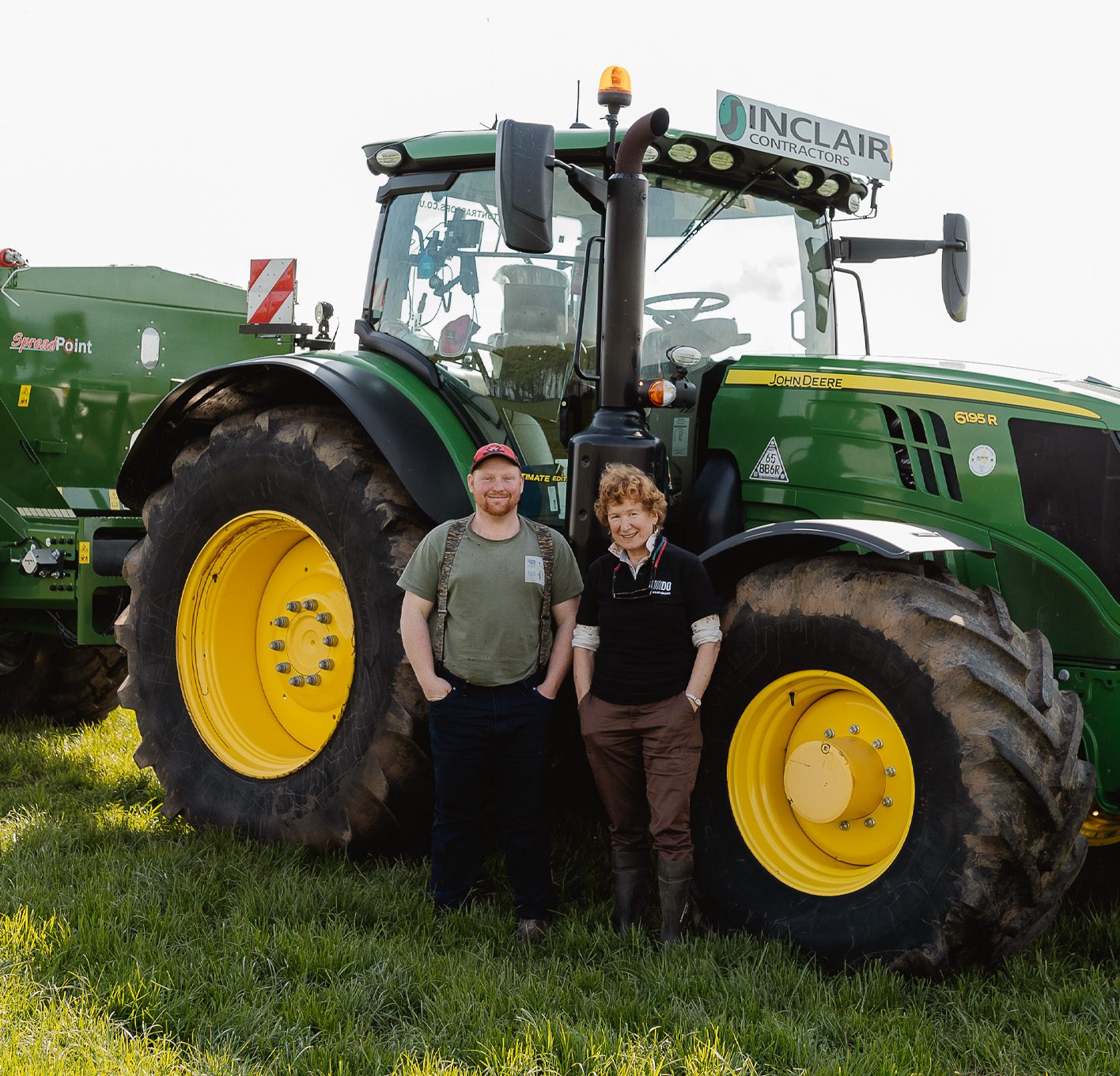My journey to becoming the Head of Science and Research for the leading carbon sequestration company – UNDO was not a straightforward one. For one, I spent over a decade in some of the deepest mines in the world, active and otherwise, constructing large-scale detectors in the quest to find the invisible. I was searching for the most abundant matter in the universe, which makes up 85% of all matter, yet has never been detected before. I was looking for something known as Dark Matter.
Working with nearly 300 collaborators, we got very good at building detectors which in succession were the best detectors in the world at not finding Dark Matter. Meanwhile, the planet upon which we buried our detectors grew increasingly warmer, as the levels of greenhouse gases rose unabated due to human activities. I have long believed climate change is the existential crisis of our time, and despite efforts in the UK Astro-particle physics community, very little was being done beyond acknowledging the facts.

It was perfect timing, which I could not have orchestrated if I tried, that upon the press release of the first results from the LUX-ZEPLIN (LZ), which became the world’s most sensitive Dark Matter detector, the post for a Head of Science and Research for UNDO appeared. It was one of the most difficult decisions of my life to leave everything familiar and delve into the world of a new form of dark matter – basalt.

My first impression of this emerging technology is it’s a win-win-win approach. We are taking an existing product of the aggregate industry (1st win), and utilising it for something incredible: spreading it on agricultural land to combat climate change. Carbon is sequestered (2nd win), and the weathering process has the added benefit of raising soil pH, which makes existing nutrients in the soil more readily available to crops, as well as releasing additional macro, micro and major nutrients (3rd win). A bonus is that basalt has naturally very low heavy metal content, so there is minimal risk of contamination of the soil. Finally, when the bicarbonate formed as a result of the weathering reaches the ocean, a fraction precipitates, a “buy 3 and get the 4th win free” deal, which has the effect of reversing ocean acidification.
It sounds incredible! The only thing preventing this technology from being developed worldwide is MRV. I had to google that term the first time I heard it, but little did I know, I would become all too familiar with those three letters. No, we’re not talking about Magnetic Resonance Venography, but in fact, Measurement, Reporting and Verification. In short, it quantifies how much weathering has taken place to determine how much CO2 has been sequestered from the atmosphere.
That’s when I discovered that science outside the world of rare event search experiments is, to say the least, messy. Not just because I traded class 100 cleanrooms for muddy fields. Whereas in Dark Matter experiments, we undergo rigorous painstaking efforts to minimise all possible sources of background interference with our signal, the world of large-scale field trials on agricultural land is incredibly complex. There are so many factors to consider and so many parameters beyond our control that it initially seemed like a daunting challenge. However, I truly believe that if anyone can do it, it is the team at UNDO.
UNDO has assembled the best science, research, and innovation team. I have never worked in a team with such a diverse range of skills and expertise, which comes together harmoniously to deliver cutting-edge research whilst developing one of the most advanced geochemical models in the enhanced rock weathering field.

We are working with both academic and industry leaders to continually improve our MRV approach, and we are really looking forward to combining the latest technology with more traditional methods for environmental monitoring. This will give us a complete understanding of our basalt and its interaction with the environment we spread it, from cradle to grave. Here, the two Dark Matters finally meet. We are bringing material assay techniques developed for the construction of multi-tonnes dark matter detectors to our MRV approach, and that’s just the beginning.
Personally, I am really excited to see where technology in the carbon sequestration space goes in the next decade, and I believe enhanced rock weathering will be at the forefront of that race.
“The soil is the great connector of lives, the source and destination of all. It is the healer and restorer and resurrector, by which disease passes into health, age into youth, death into life. Without proper care for it, we can have no community, because, without proper care for it, we can have no life.”
Wendell Berry
 " alt="">
" alt="">
A multi-award-winning particle physicist, XinRan leads a world-class science team at UNDO. With over a decade of experience in detector R&D, material assay and delivering large-scale scientific experiments, XinRan’s expertise is pivotal in advancing UNDO's science team and the scientific frontier of the ERW field to combat climate change.


 " />
" />
